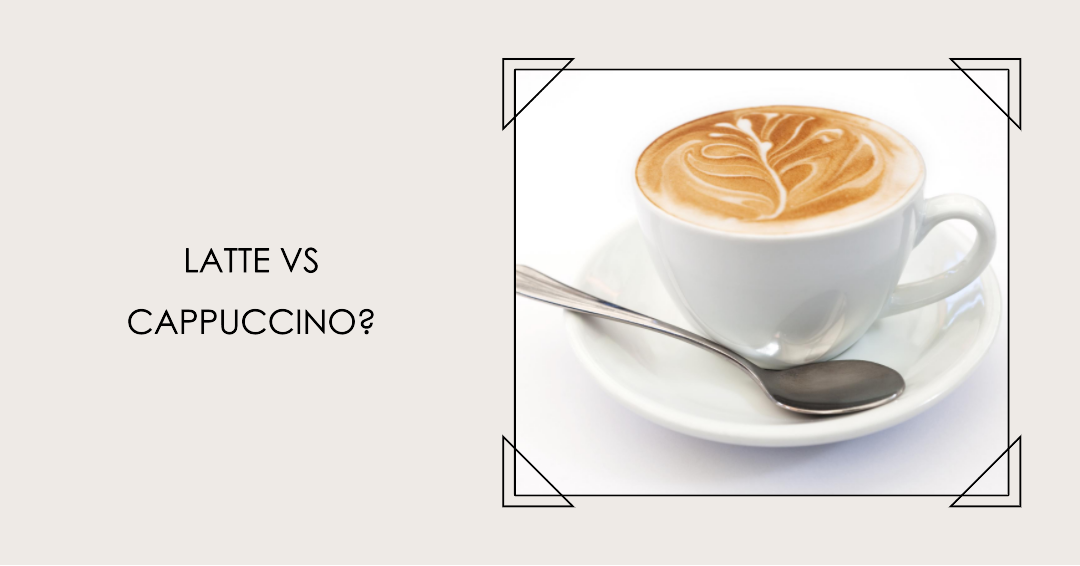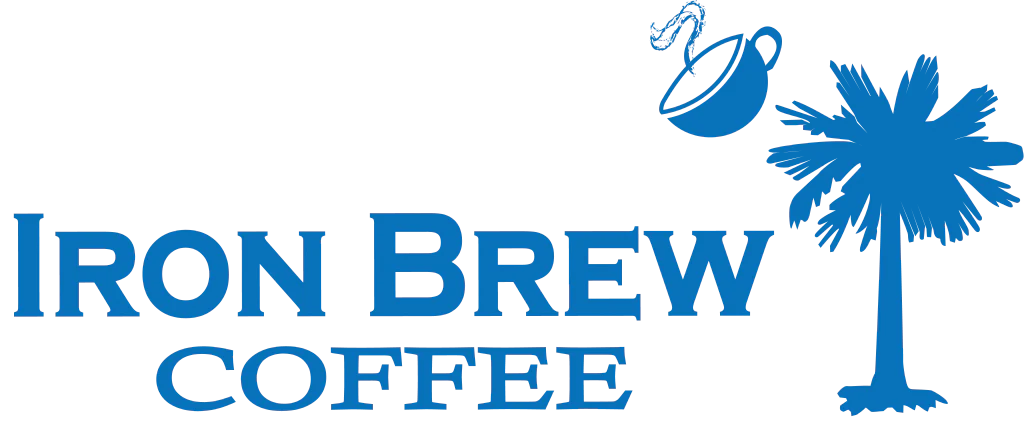
I. Introduction
Did you know that the average American drinks about 2 cups of coffee per day? That's nearly 730 cups a year! Coffee is not just a drink, it's a culture, an art form, and a way of life for many. As such, the spectrum of coffee beverages is rich and diverse, ranging from the potent espresso to the comforting mocha. But today, let's focus on two popular coffee types that often get people scratching their heads: the Latte and the Cappuccino. So, what exactly separates these two beloved drinks?
This blog post is dedicated to unearthing the nuances that distinguish these espresso-based classics. We'll dive into the rich histories of the Latte and Cappuccino, break down their components, and explore their flavors and textures. Buckle up coffee lovers; you're in for an enriching ride!
A. What is a Latte?
Originating in Italy, the term "Latte" translates to "milk coffee." The typical latte consists of one shot of espresso, steamed milk, and a small amount of milk froth. The prominence of steamed milk makes the latte creamier and less strong compared to other coffee beverages. A latte often takes on a sweeter note thanks to the larger milk-to-espresso ratio.
Interestingly, the latte isn't universally the same. In Scandinavia, for example, a latte is known as a "cafe au lait" and has variations that include spices and even cheese!
B. What is a Cappuccino?
The cappuccino shares its roots with the latte in Italy. Named after the color of the Capuchin monks' robes, a standard cappuccino is a balanced trio of equal parts espresso, steamed milk, and milk froth. This frothier sibling of the latte carries a stronger coffee flavor and a lighter, airier texture due to the increased foam.
Cappuccino also showcases regional variations. In Vienna, it's served with whipped cream and cocoa powder, creating a dessert-like treat known as "Wiener Melange."
C. Latte Vs Cappuccino: Spotting the Differences
Let's bring our contenders head to head. The primary differentiator is the espresso, steamed milk, and milk froth ratio. A latte has more steamed milk, making it creamier and milder, while a cappuccino has an equal distribution, leading to a robust coffee flavor and a frothier texture.
Serving sizes differ too. A latte usually comes in larger servings due to its increased milk content. Lastly, their variations exhibit unique characteristics across cultures, each tailored to suit local taste preferences.
In the context of popular coffee brands like Iron Brew Coffee, you can find a range of coffee beans perfect for making a classic latte or cappuccino at home.
III. Conclusion
Revisiting our original question, what distinguishes a latte from a cappuccino? It boils down to the ratio of the components - espresso, steamed milk, and froth, which in turn affects the texture, flavor, and serving size. A latte is creamier and milder, served in larger cups, while a cappuccino is robust, balanced, and frothier.
Is one superior to the other? That's a subjective debate that depends on individual preferences. As a coffee lover, I revel in the diversity of coffee culture and enjoy both depending on my mood. Why limit yourself to one when you can savor the unique charm of each?
I encourage all coffee enthusiasts to delve into the world of coffee, experimenting with different beverages, and finding their unique preferences. Stay tuned as we explore more intriguing aspects of coffee in our future posts like the benefits of coffee for a sore throat or best coffee types for acid reflux.
Ultimately, whether you're a latte lover, a cappuccino connoisseur, or a fan of flavored coffee, remember, the best part is the journey of discovery.
Cheers to the art of coffee!
